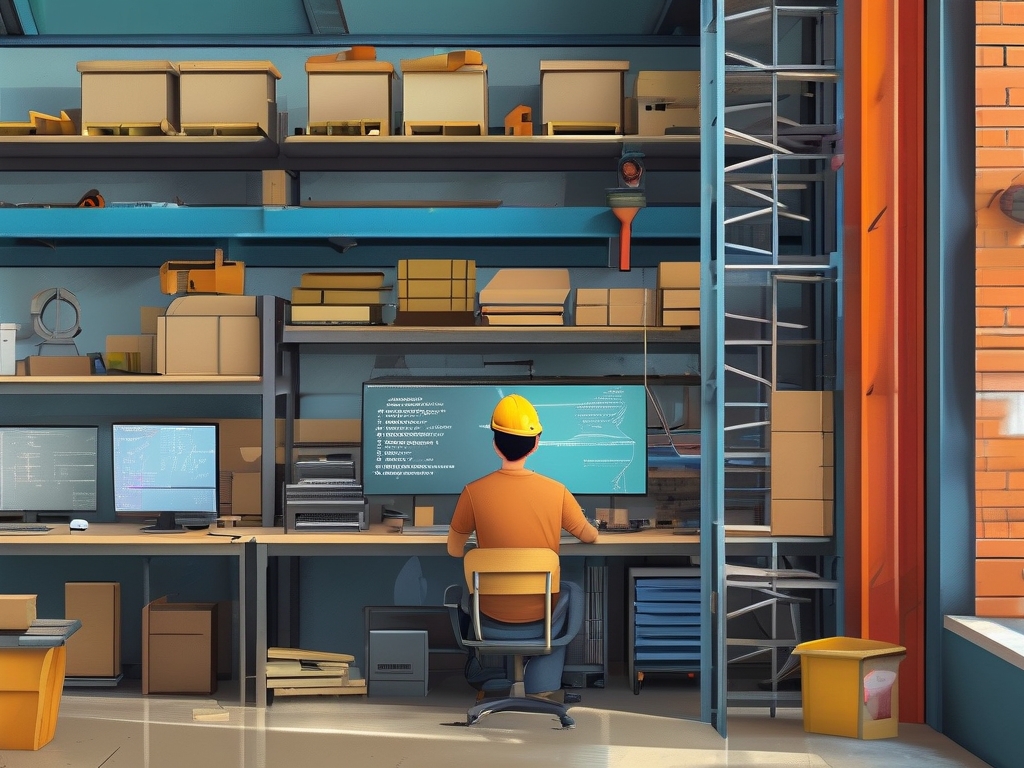In the rapidly evolving field of artificial intelligence (AI), the demand for high-quality labeled data has never been greater. Training robust machine learning models requires vast amounts of accurately annotated datasets, a task that is both time-consuming and labor-intensive when done manually. Enter the automatic annotation algorithm engineer—a specialized role at the intersection of AI research, software engineering, and data science. This article explores the responsibilities, challenges, and transformative contributions of these professionals in shaping the future of AI.

The Rise of Automatic Annotation
Traditional data annotation relies on human annotators to label images, text, audio, or video datasets. While effective, this approach faces scalability issues, inconsistencies due to human error, and high costs. Automatic annotation algorithms, powered by techniques like computer vision, natural language processing (NLP), and reinforcement learning, aim to address these limitations. Engineers in this field design systems that can autonomously generate labels with minimal human intervention, dramatically accelerating the data preparation pipeline.

Core Responsibilities of an Automatic Annotation Algorithm Engineer
- Algorithm Development: These engineers design and implement algorithms tailored to specific data types. For instance, convolutional neural networks (CNNs) might be optimized for image segmentation, while transformer models could handle text classification.
- Pipeline Optimization: Beyond creating algorithms, they integrate solutions into scalable pipelines, ensuring compatibility with cloud platforms and edge devices.
- Quality Assurance: Engineers develop metrics to evaluate annotation accuracy, such as intersection-over-union (IoU) for object detection or F1 scores for text tagging.
- Cross-Domain Collaboration: They work closely with domain experts (e.g., medical professionals for healthcare datasets) to refine labeling criteria and address edge cases.
Technical Challenges
Automatic annotation is far from a solved problem. Key challenges include:
- Complex Data Variability: Real-world data often contains noise, occlusions, or ambiguous patterns. An algorithm trained on pristine lab data may fail in messy production environments.
- Balancing Speed and Accuracy: Engineers must optimize algorithms to deliver results quickly without compromising precision—a critical requirement for real-time applications like autonomous driving.
- Generalization Across Domains: A model trained to annotate retail product images may struggle with satellite imagery, necessitating adaptable architectures.
Case Studies: Automatic Annotation in Action
- Autonomous Vehicles: Engineers develop systems to automatically label LiDAR and camera data, identifying pedestrians, vehicles, and road signs. Tesla’s Autopilot team, for example, relies heavily on automated annotation to process petabytes of driving data.
- Healthcare Imaging: Algorithms that segment tumors in MRI scans reduce radiologists’ workload while improving diagnostic consistency.
- Natural Language Processing: Tools like spaCy and Prodigy use rule-based and machine learning approaches to auto-annotate text for entity recognition or sentiment analysis.
The Future of Automatic Annotation
Emerging trends are reshaping this field:
- Self-Supervised Learning: Models like CLIP (Contrastive Language–Image Pretraining) can generate annotations by learning from unstructured data, reducing reliance on labeled datasets.
- Active Learning Integration: Algorithms that identify “uncertain” samples and request human input only when necessary optimize the annotation budget.
- Ethical Considerations: Engineers must address biases in automated systems, ensuring fairness in applications like facial recognition or hiring tools.
Career Outlook and Skills
The role of an automatic annotation algorithm engineer requires a strong foundation in machine learning, programming (Python, PyTorch/TensorFlow), and data engineering. Proficiency in tools like Label Studio or CVAT is also valuable. As industries from agriculture to fintech adopt AI, demand for these specialists will continue to grow. Salaries reflect this demand, with senior engineers earning upwards of $150,000 annually in tech hubs like Silicon Valley.
Automatic annotation algorithm engineers are unsung heroes in the AI revolution. By bridging the gap between raw data and actionable insights, they empower organizations to deploy smarter, faster, and more equitable AI systems. As algorithms grow more sophisticated, their work will remain pivotal in unlocking the full potential of machine learning across every sector of society.


